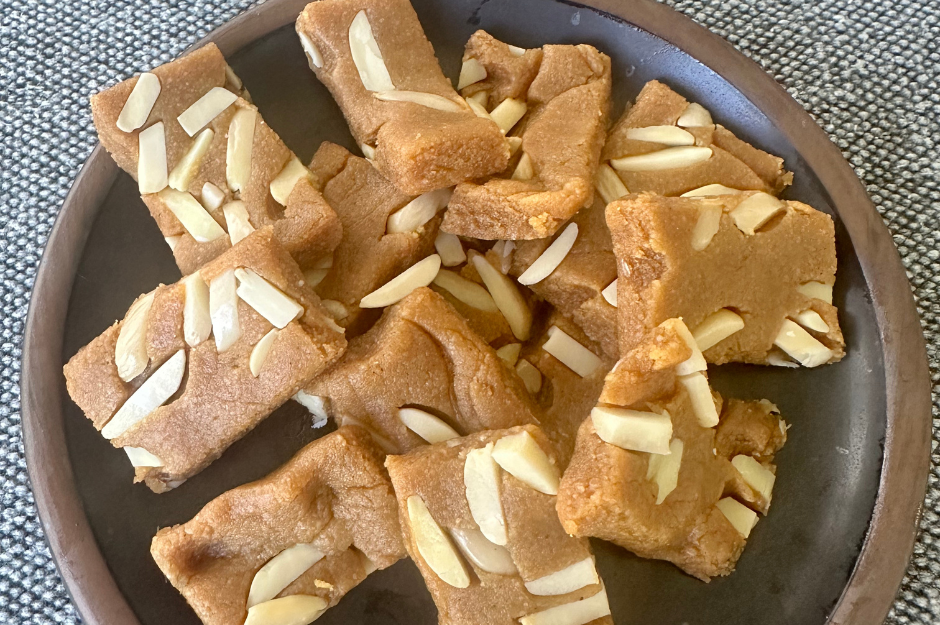lacto-fermenting radishes
This year has found me wading into all kinds of new territory in food. I've never been a domestic kitchen goddess type, but when you are living, breathing, and eating ayurveda (a traditional system of Indian medicine that says all health begins with good digestion) then you better be proficient at making good medicine (aka food). One of my newest endeavors has been fermenting. After having some delicious fermented radishes that a friend made as a garnish for sushi, I knew I had to try my hand at it.
Here's a fermentation process I'm experimenting with.
Ingredients:
2-3 bunches of radishes (or enough to fill a 1 quart jar), washed and sliced thin, with the tops removed
1 clean, quart sized mason jar
2 cups filtered water
2 tablespoons of sea salt
a splash of apple cider vinegar (optional)
Process:
Place thin sliced radishes in jar.
Make brine by combining 2 tablespoons of sea salt and 2 cups of warm filtered water and then let salt dissolve into water; stir to help salt dissolve.
Pour salted water over radishes, leaving approx 1.5" of space from the top. Place jar in a bowl to catch whatever brine overflows.
Place 1 small mason jar or fermenting weights into the mason jar to hold the radishes below the brine, as pictured. (Note the double jar in the photo above.)
Set on counter to ferment for 7-10 (or longer!) days.
Around day 7, check on the radishes. If they are still salty, let them ferment a couple of days longer. When they are sour and tasty, then cover mason jar with a lid and store in refrigerator.
Use on salads, with sushi in place of pickled ginger, as a snack, or...
You can do this in any size jar, just use 1 Tablespoon salt per 1 cup water. For the batch pictured I split this recipe into 2 half-liter jars, so I could experiment with different fermenting times. Fermentation time will vary widely based on temperature, humidity, etc. Let your taste buds be your guide.
These radishes are fermented via a technique called lacto-fermentation, which refers to a strain of bacteria called Lactobacillus.
The diets of every traditional society have included some kind of lacto-fermented food. Think sauerkraut, grape leaves, kimchi, and all kinds of vegetable pickles, for example. Commercial pickles, and now many homemade pickles, are made with vinegar which produces a more standardized result, but none of the benefits of lacto-fermentation.
The bacteria Lactobacillus converts sugars or lactose into lactic acid, which naturally preserves foods, such as vegetables or dairy. By fermenting vegetables or dairy through lacto-fermentation, it makes the nutrients more bioavailable, increases digestibility, and supports your microbiome (gut health).
All the research I've done on fermenting emphasizes that fermentation is as much an art as a science. There are many different approaches to this practice, and room for mistakes as well. I suggest a little background reading before you dive in. I like The Food Renegade's The 3 Biggest Fermenting Mistakes, as well as Are Mason Jar Ferments Safe as a place to start. Enjoy your experimentation, and let me know of your fermenting successes in the comments below.











